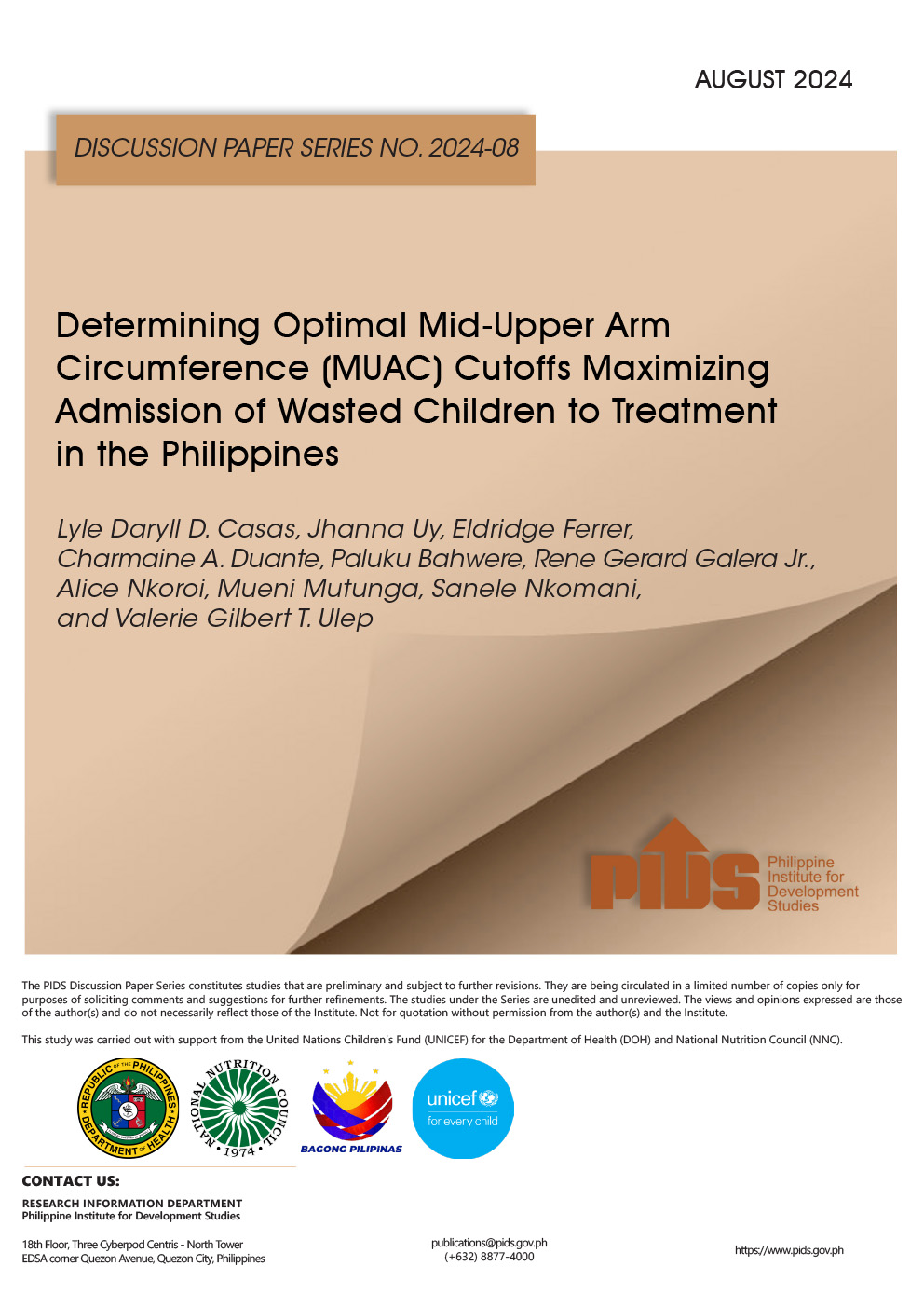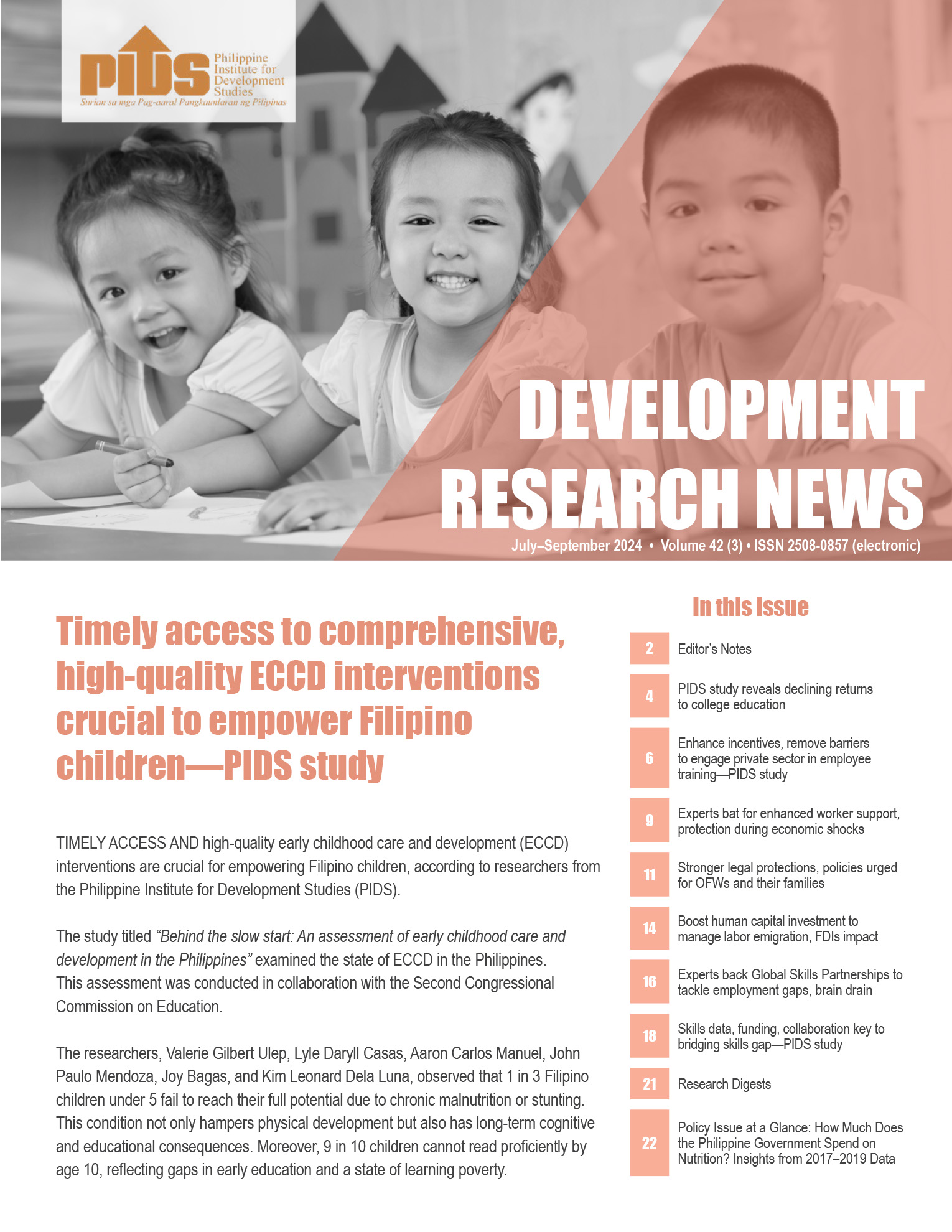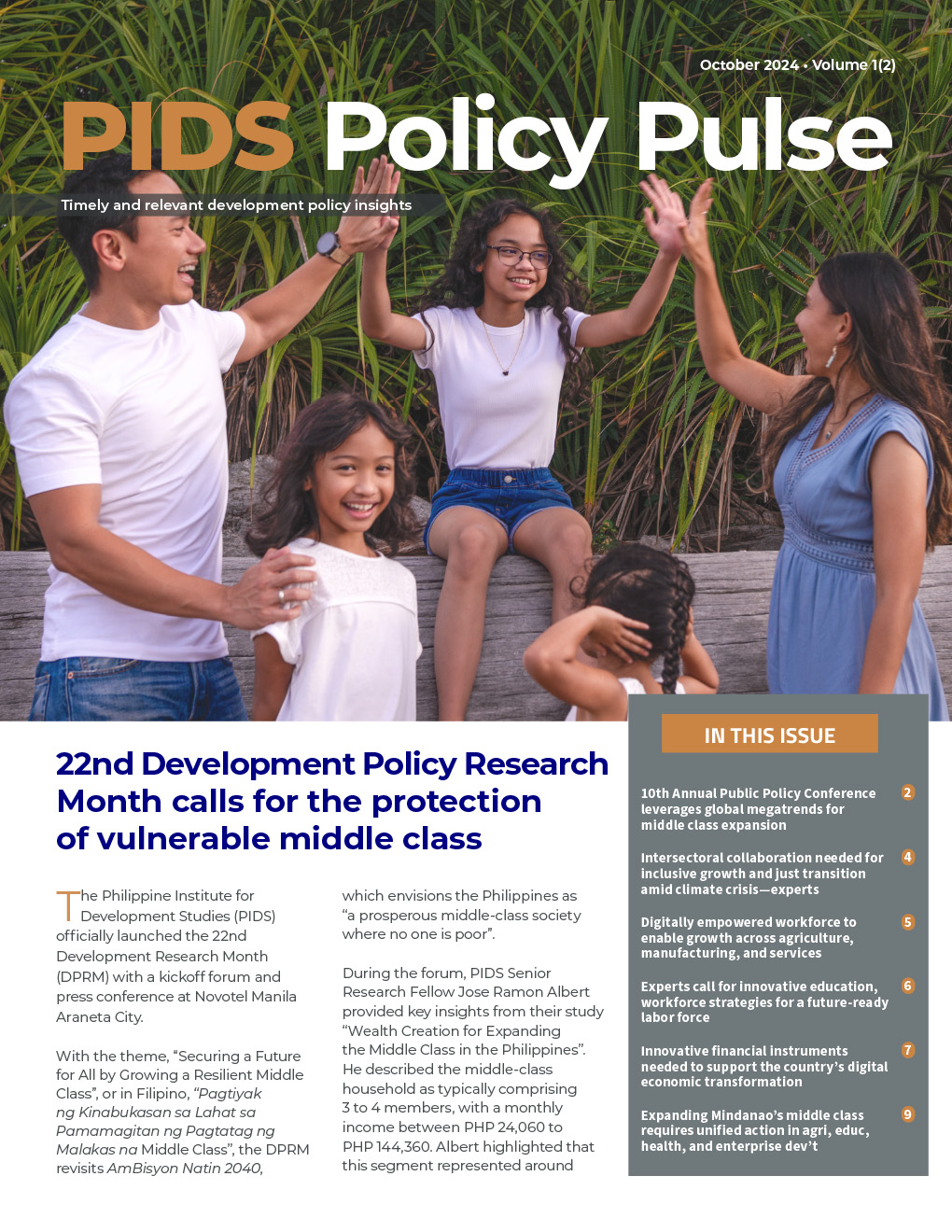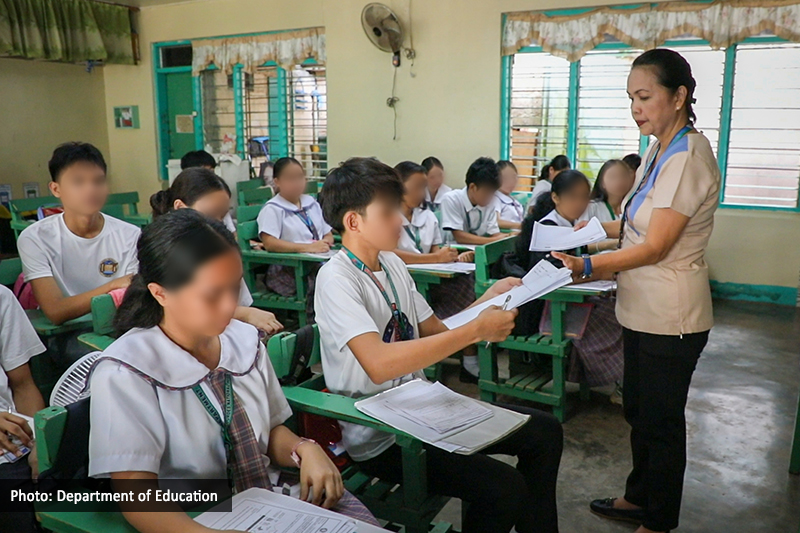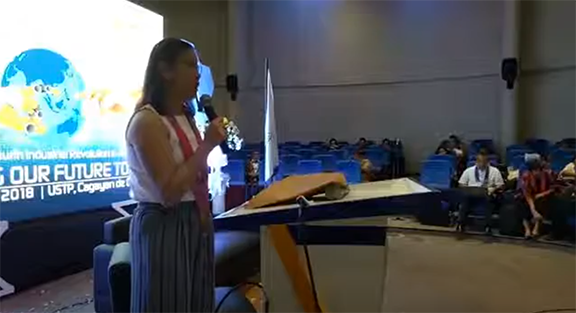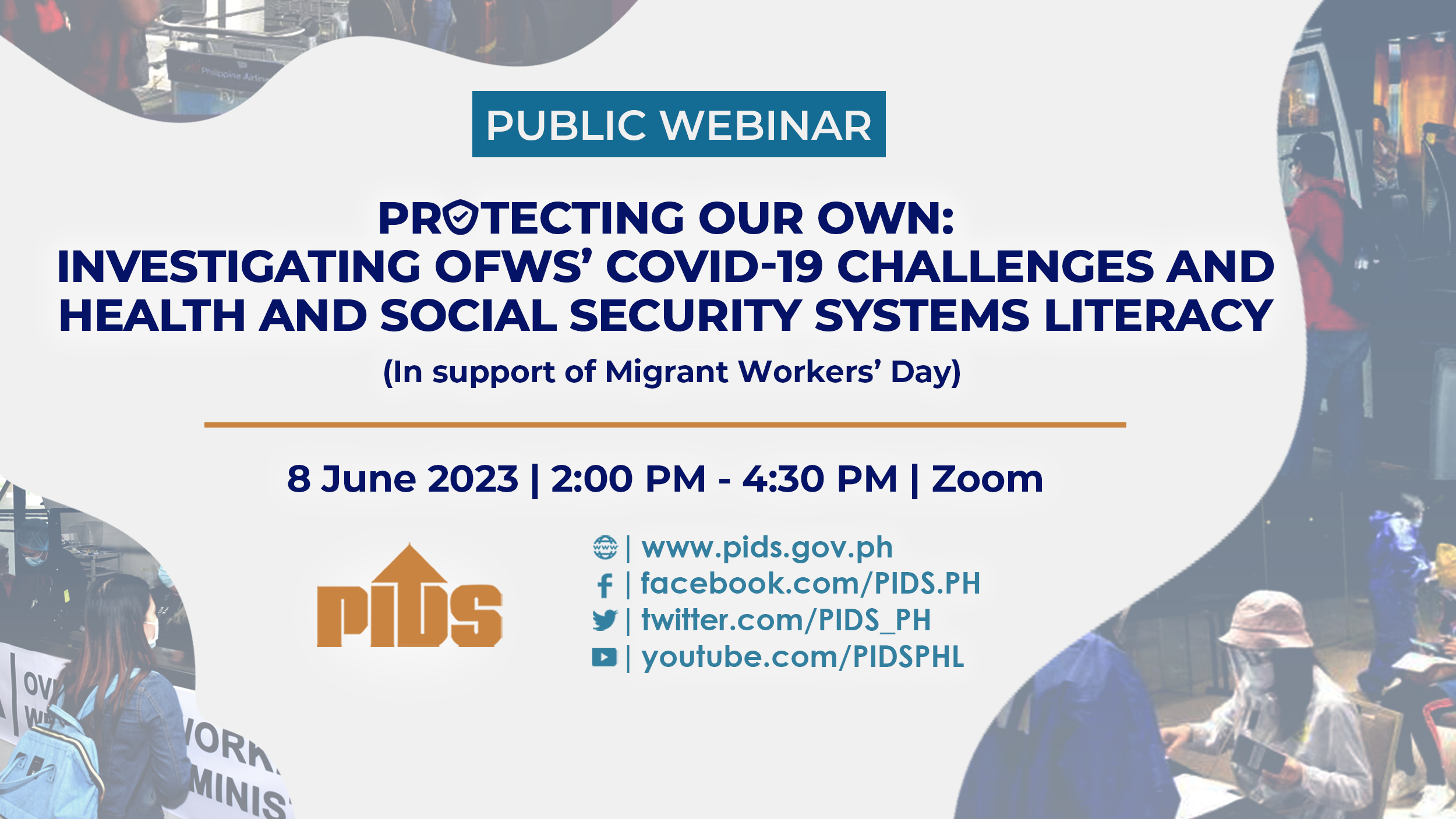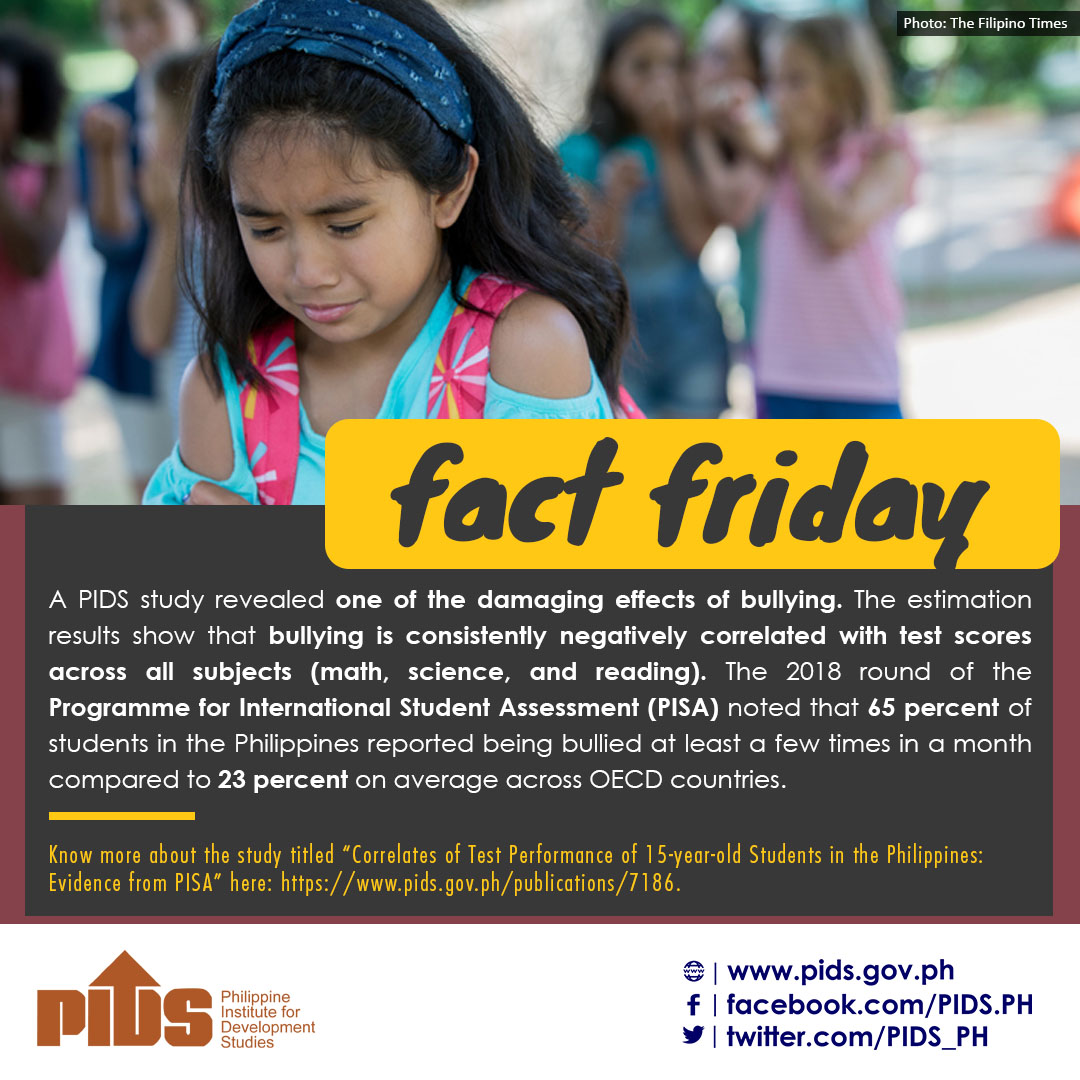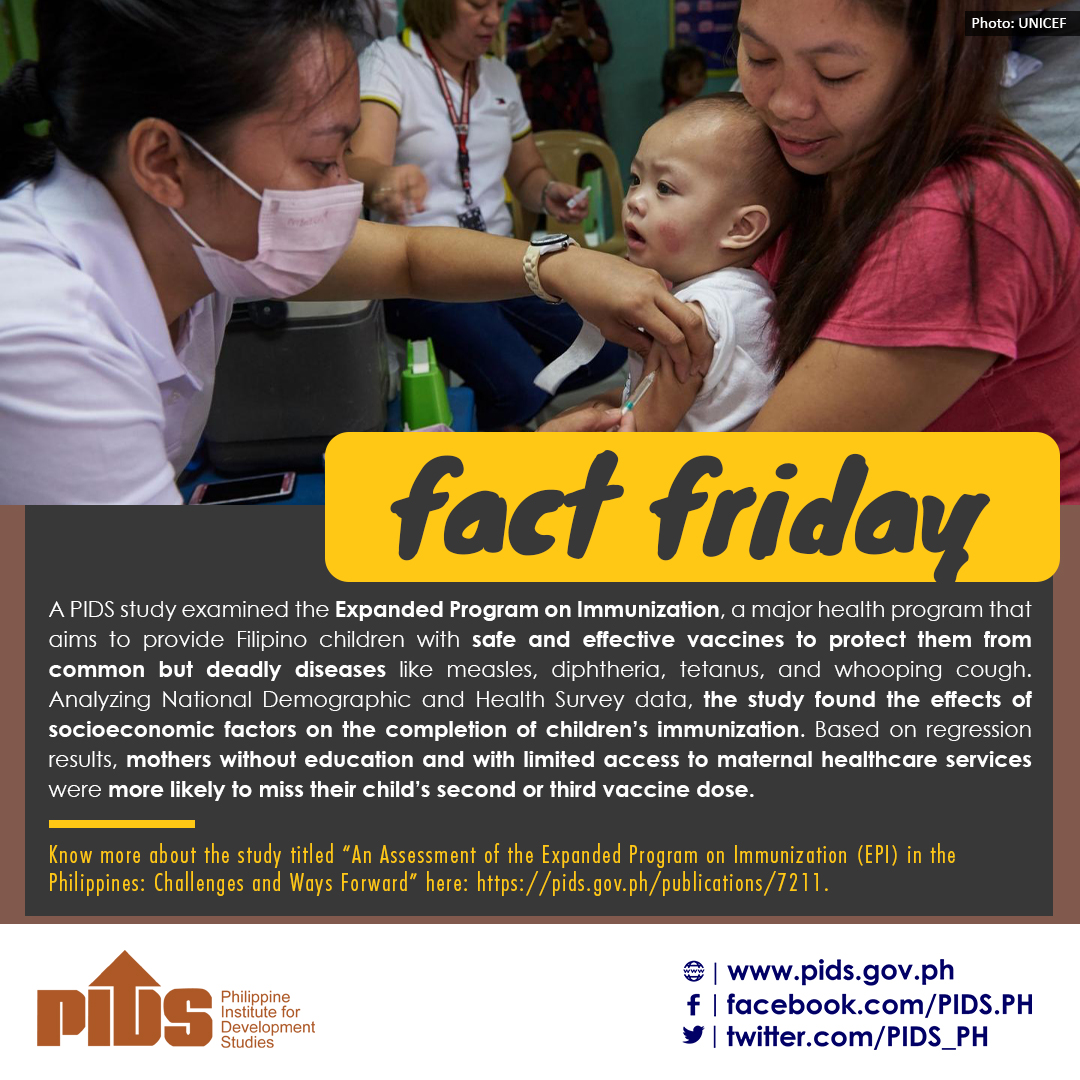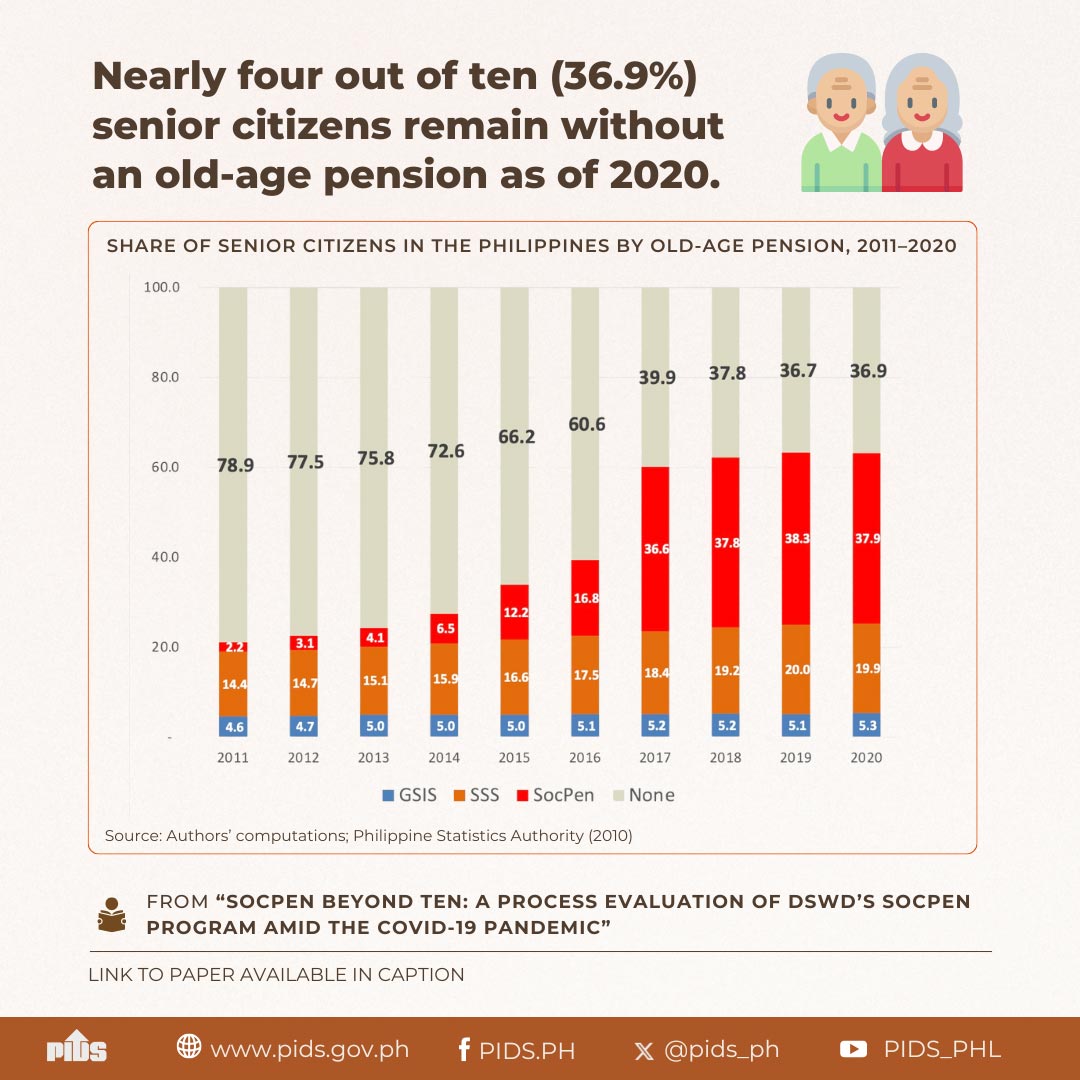One of the most welcomed consequences of Pope Francis’ visit to the country is that it made us more aware of a lingering problem that continues to beg for creative solutions. This is the plight of our street children as well as whose who have dropped out of school. The latest data from a study in 1998 shows that there were then about 1.5 million street children while a 2008 study shows that 1 out 6 school-age children is out of school.
This is so despite the fact that we have given the highest budgetary allocation to education and that both the Constitution and our Philippine development plan have put social justice at the center stage of the overall vision.
If indeed access to education and the welfare of our children are essential in attaining inclusive growth and in moving a large percentage of our population out of poverty, why have we lagged behind in achieving our targets?
A team of researchers from the Philippine Institute of Development Studies (PIDS) — Jose Ramon G. Albert, Francis Mark A. Quimba, Andre Philippe E. Ramos and Jocelyn P. Almeda, examined the 2008 and 2009 data from the National Statistics Office and came out with some of these findings: That among the poverty-related factors that explain reasons for leaving school include lack of parental support, need to contribute to family income, location where the child resides, and mother’s education. Late entry into school because of overage is also a risk factor for non-completion. Families in rural areas are more vulnerable to income poverty, thus the higher incidence in rural areas.
Child labor is also an obstacle to the goals of Education for All, a global movement that aims at reaching every child in the world today. As the PIDS study shows, once children are engaged in economic activity, the propensity to participate in school gets lower. A 2008 study shows that 1.1million children between 5 and 15 years old are in child labor, and about 2/3 or 65.9% are unpaid family workers. Two in fivc or 41.8% work outside the home. Thus, policies must address this concern by providing added incentives for staying in school.
Across the regions, the Autonomous Region of Muslim Mindanao (ARMM), has the highest proportion of five-year old children who are not in school or 87.2%) and the highest share of the estimated 692 thousand pre-primary-aged out of school children. The ARMM has the biggest proportion of primary-aged children that are not in school or 21 %. The establishment of the Bangsamoro entity which will subsequently develop the educational needs of the region must address this serious human development concern.
Of the 6 million children who drop out, some start working on the streets., where they join other street children who become their second family. One of the most touching scenes during Pope Francis’ visit was when Ghyzelle, the 12-year old former street child asked the Pope a question which the latter was unable to answer — why some children are abandoned so that they become prostitutes or drug addicts…. These children also become vulnerable to accidents, street fights, harassments from police, and various forms of sexual exploitation .
This time, no one, not even the Pope can answer Ghyzelle’s question. But we cannot continue to ignore it. It is not only because we who are blessed with more must need to share with those who have less. It is also because we need to save ourselves from becoming desensitized. Which is now happening to many who seem unaware of the many divides and inequities in our society today. Perhaps we should continue to ponder on the Ghyzelle question until we find some answers. My email is florangel.braid@gmail.com//

